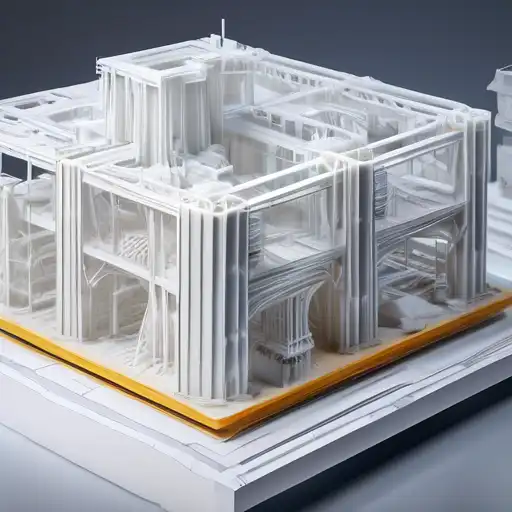Introduction to 3D Printing in Construction
The construction industry is on the brink of a revolution, thanks to the advent of 3D printing technology. This innovative approach to building is not only faster and more cost-effective but also opens up new possibilities for architectural design and sustainability. In this article, we explore how 3D printing is shaping the future of construction.
The Benefits of 3D Printing in Construction
3D printing, or additive manufacturing, offers numerous advantages over traditional construction methods. These include:
- Reduced Construction Time: Projects that once took months can now be completed in days.
- Lower Costs: Minimizing labor and material waste significantly reduces expenses.
- Design Flexibility: Complex geometries that were previously impossible or too expensive to achieve are now feasible.
- Sustainability: 3D printing reduces material waste and can use recycled materials, contributing to greener construction practices.
Current Applications of 3D Printing in Construction
Around the globe, 3D printing is being used to construct everything from residential homes to commercial buildings and even bridges. Notable examples include:
- The first 3D-printed house in the Netherlands, which was fully habitable and met all building codes.
- A 3D-printed office building in Dubai, showcasing the potential for rapid construction in urban areas.
- Innovative bridges in Spain and China, demonstrating the durability and strength of 3D-printed structures.
Challenges and Future Prospects
Despite its potential, 3D printing in construction faces several challenges, including regulatory hurdles, the need for skilled operators, and the current limitations in printing size. However, as technology advances and these challenges are addressed, the future of 3D printing in construction looks promising. Experts predict that we will see more widespread adoption of this technology, leading to more sustainable, efficient, and innovative construction methods.
Conclusion
3D printing is set to transform the construction industry, offering solutions to some of its most pressing challenges, including cost, time, and environmental impact. As we continue to explore the possibilities of this technology, it's clear that 3D printing will play a pivotal role in building tomorrow's world.
For more insights into innovative construction technologies, check out our articles on sustainable building materials and the future of urban development.
